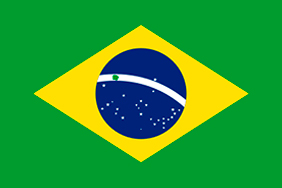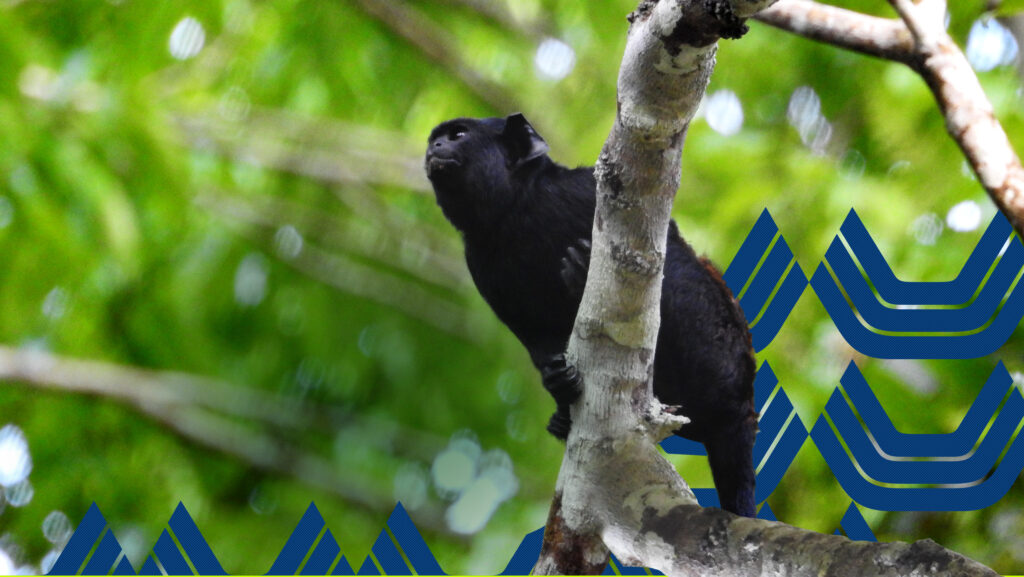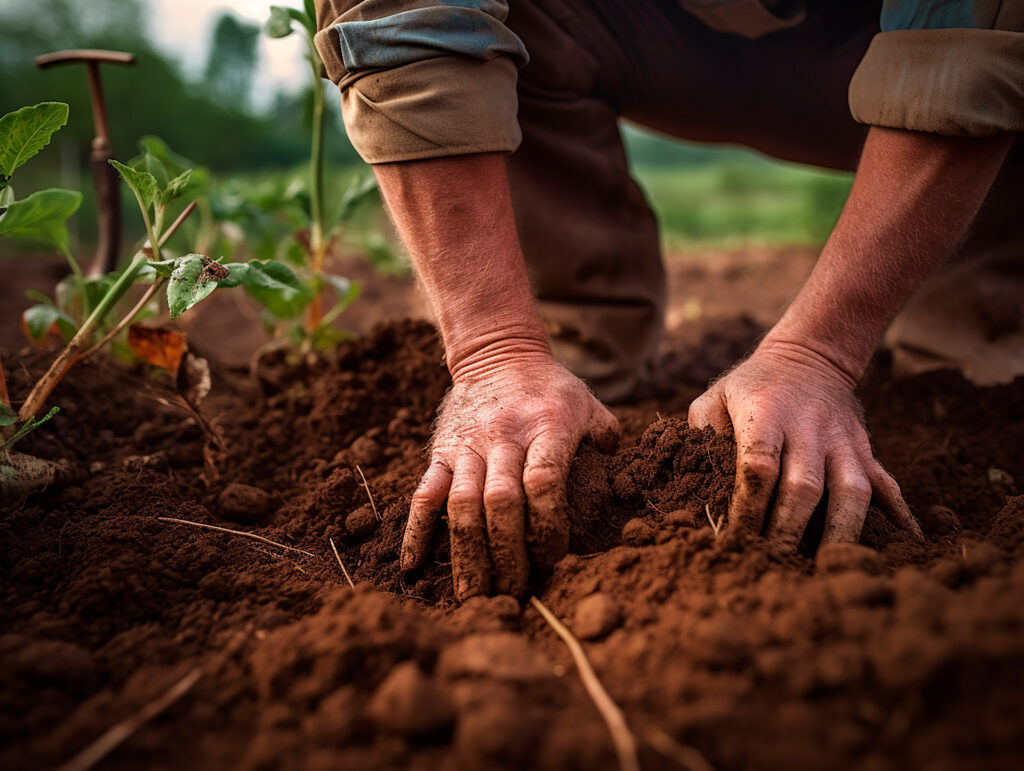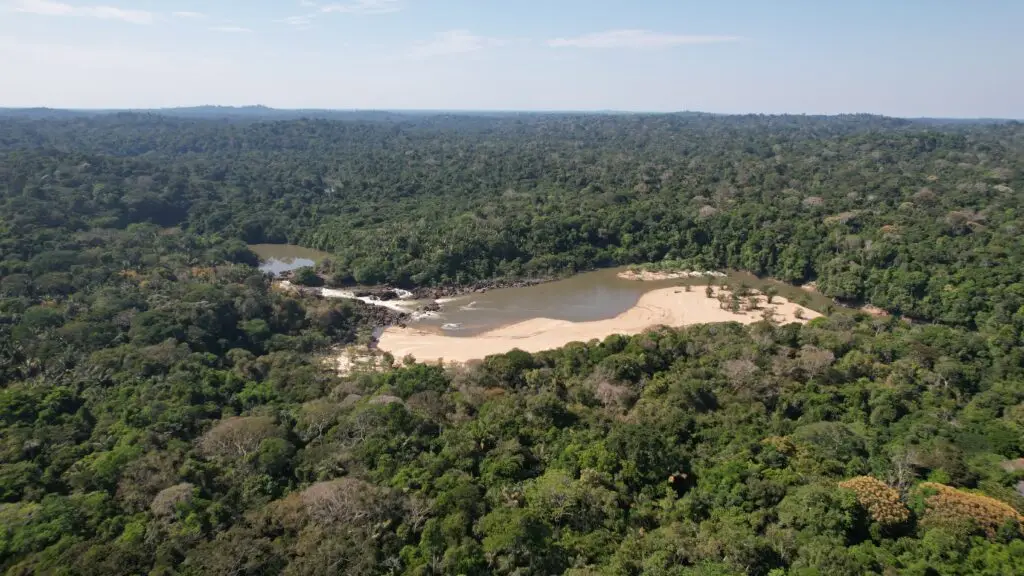World Wetlands Day reinforces ecosystems such as mangroves, wetlands of the Amazon River and wetlands for the maintenance of life and maintenance services.

World Wetlands Day reinforces the relevance of ecosystems such as mangroves, marshes, seagrasses, bogs, swamps and artificially created areas such as dams and rice paddies. Brazil is home to many different wetlands, including the world’s largest continued mangrove forests, extensive wetlands (e.g. swamps and marshes) of the Amazon River and Pantanal that are invalmanuable for the maintenance of life and climate regulation.
February 2nd is World Wetlands Day, which marks the signing of the Ramsar Convention on Wetlands (1971). It is an important call to raise awareness of the value of these areas for global health and maintenance of life while promoting their conservation and sustainable use.
But its importance goes far beyond its scope. Wetlands are home to several endangered species, provide raw materials (such as mangrove tannin widely used as a dye), besides contributing to climate regulation. It is exactly in these areas that we find the greatest potential for carbon storage in the world when compared to equivalent areas. Their vegetation and soil store large amounts of carbon and even protect against other climatic factors, such as extremeevents (such as tsunamis and severe storms).
In addition to their role in environmental protection, wetlands are areas of high social value. They are closely linked to the way of life of various traditional peoples where these areas provide a myriad of ecosystems services such as food provision and materials for house construction. These areas also harbor many environmental friendly economic activities as ecotourism, meliponiculture, and sustainable aquaculture Those who have spent time in these areas know what it means to spend moments integrated with nature and appreciating present life.
Seeking to emphasize this importance, the theme of World Wetlands Day 2022 shows that acting for wetlands is acting for humanity and nature. In other words, protecting and restoring wetlands are fundamental actions for climate regulation and, consequently, for the maintenance of life.
https://www.youtube.com/watch?v=IJHqqtbutKY
How can I help conserve and restore these all-important ecosystems?
For us, the importance of these ecosystems has always been clear, which is why the last year was a milestone for our studies on Blue Carbon, an approach that generates carbon credits through the conservation and restoration of ecosystems such as mangroves, marshes, and seagrass. After a lot of dedication from the team, we are structuring the first projects for the conservation and restoration of coastal and marine ecosystems, or Blue Carbon, by Biofílica Ambipar Environment. Soon we will start this new model as an option to offset corporate carbon emissions. That is, you will be able to go beyond awareness and start acting directly in the conservation and restoration of wetlands.
[divider height=”30″ style=”default” line=”default” themecolor=”1″]
Sign up to receive our Newsletter and find out firsthand about this and other news from Biofílica Ambipar Environment.






